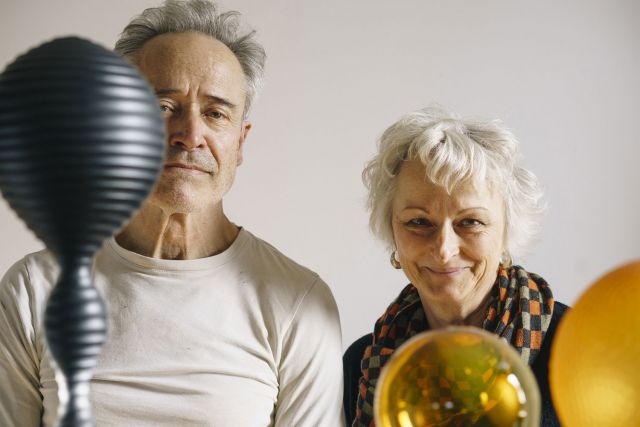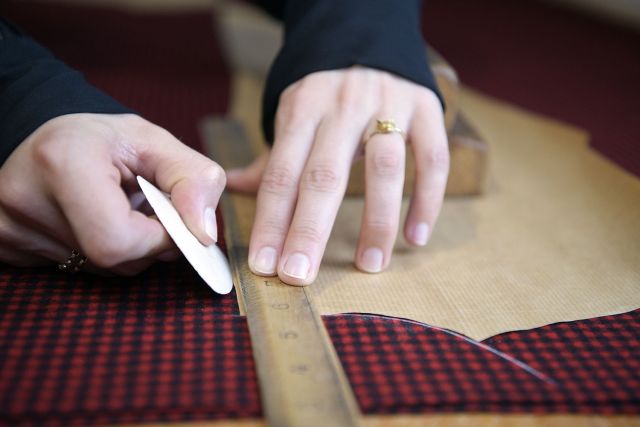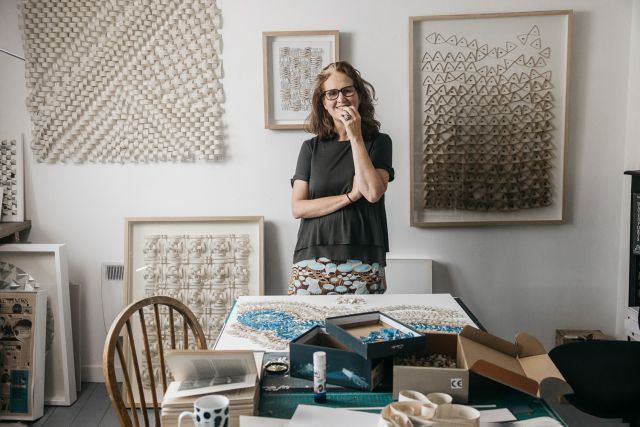Karst was made using a cardboard mould that was subsequently burned away and the finished piece looks as though it might have been hewn from the living rock. Its two apertures reveal the interior of the piece – which is white – to draw light in.
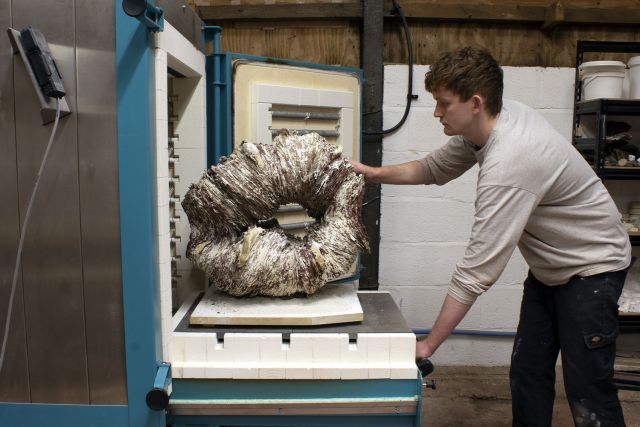
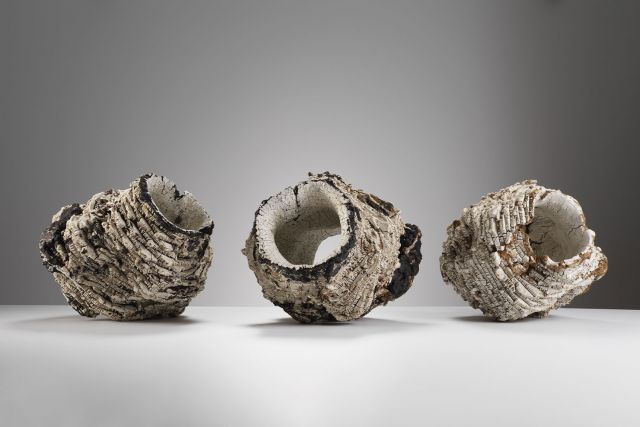
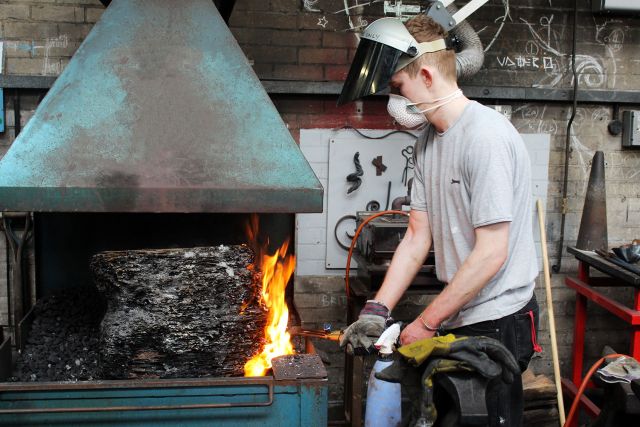
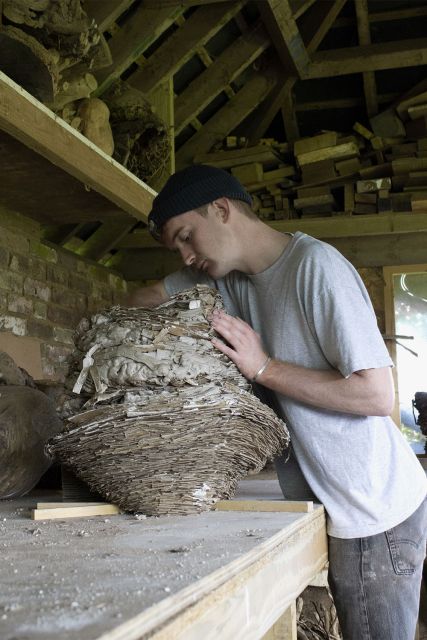
Luke Fuller
- Ceramicist
- Knebworth, United Kingdom
- Rising Star
Breaking the mould
- • Luke’s work takes inspiration from British industry and landscape
- • He is fascinated by making moulds
- • He has been influenced by his family’s history
Luke Fuller is an emerging ceramic artist, who has already made a name for himself since graduating from the Royal College of Art in 2020. His pieces, often inspired by steel works and coal mining, have a genuine sense of heft and scale, using a mixture of stoneware, porcelain and, occasionally, concrete. They also contain a slight alien quality. The young maker enjoys experimenting with techniques – using moulds made from cardboard that are subsequently burned away and, sometimes, taking an over-sized hammer to his pieces. However, he is aware of the importance of skill and tradition. "Everyone builds upon some kind of traditional process. So I’m building on mould making and using that know-how from the past" he explains. And what does a well made object mean to him? "Something that’s thoughtful, personal and contains material knowledge."
Read the full interviewWorks
Photo: © All rights reserved

Photo: © All rights reserved
The title of this piece refers to the iron-rich bands of clay that run through this rugged, upright, vessel, creating rusty-looking stripes. It’s part of the Terra-form collection, inspired by coal mining and the notion of manipulating an alien landscape.

Photo: © All rights reserved
As with much of Fuller’s oeuvre, this was made using a cardboard mould and has a rock-like sense of heft. A pair of apertures mean that it’s possible to see straight through the piece, and the interior has a polished finish, inspired by artist Barbara Hepworth.

Photo: © All rights reserved
Sub-Terra’s striking colour was caused by red iron oxide in the clay body, which was subsequently fired at around 1220°C. The large cracks on the inside of the vessel were created by the maker hitting the piece with an over-sized hammer.

Photo: © All rights reserved
The title, Tafone, refers to cavities that develop in a rock face. To create a rougher, almost striated, finish, the artist used a thicker grade of cardboard (that he found in IKEA) to create his mould. The piece has two apertures and a highly polished interior.






